Lemon Zest vs. Lemon Peel: Same or Different?
Calling all citrus lovers! If you've ever found yourself staring at a recipe that calls for 'lemon zest' while holding nothing but a whole lemon, you're not alone. Maybe you've even wondered, 'Is lemon zest the same as lemon peel?' It's a question that pops up often in kitchens across the world—especially among spice enthusiasts and culinary professionals alike.
In this article, we’ll dive into the fragrant, zesty world of citrus and answer your most pressing lemon-related questions. You'll discover what really sets lemon zest apart from lemon peel, how to use them like a pro, and why choosing the right one can make or break your dish. Whether you’re baking a lemon tart or spicing up a marinade, this guide is your go-to resource for mastering the art of lemon flavoring.
Table of Contents
- What Is Lemon Zest vs. Lemon Peel?
- Flavor Differences Between Zest and Peel
- When to Use Zest vs. When to Use Lemon Peel
- How to Zest a Lemon Like a Pro
- Buying Guide: What to Look For
- Creative Ways to Use Lemon Zest and Lemon Peel
- Final Thoughts
What Is Lemon Zest vs. Lemon Peel?
If you’re new to the kitchen—or just haven’t explored the world of citrus deeply—it’s easy to confuse lemon zest with lemon peel. But once you understand what each one actually is, the distinction becomes crystal clear.
Lemon Zest
Lemon zest refers specifically to the thin, colored outer layer of the lemon skin. This part contains all the aromatic oils and concentrated flavor compounds (called volatile oils) that give lemons their signature brightness. The white, spongy layer underneath—the pith—is bitter and not used when zesting.
Zesting is usually done using tools like microplanes, graters, or zesters, which gently scrape off only the topmost layer of the lemon skin without digging into the pith.
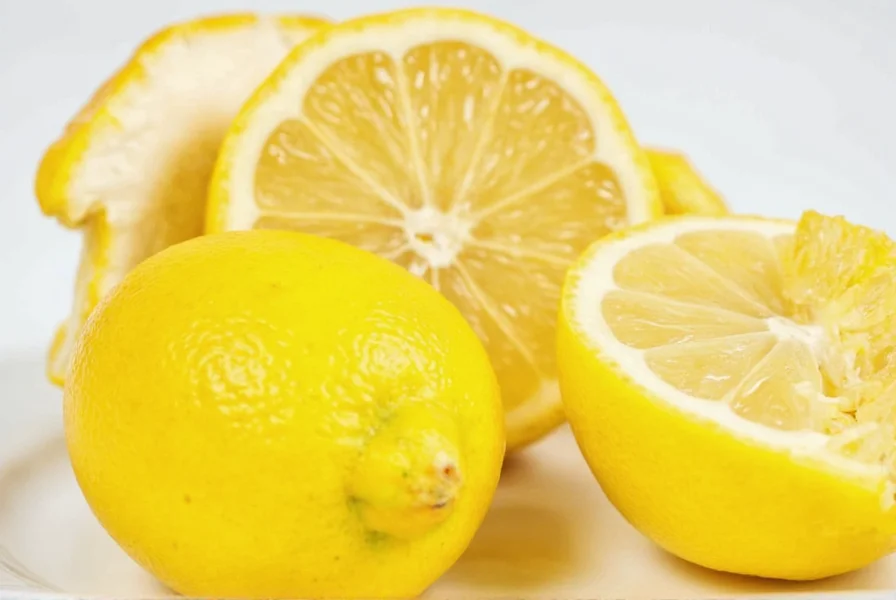
Lemon Peel
The lemon peel includes both the zest (the outermost layer) and the white, porous pith beneath it. In culinary terms, 'lemon peel' may also refer to larger strips or sections of the entire rind, often called lemon rind or citrus zest and pith combined.
Lemon peel is commonly used in candied form, infused in syrups, or added to dishes where texture and subtle flavor are more important than intense aroma. Sometimes, recipes will specify grated lemon peel—which essentially means using both zest and pith together.
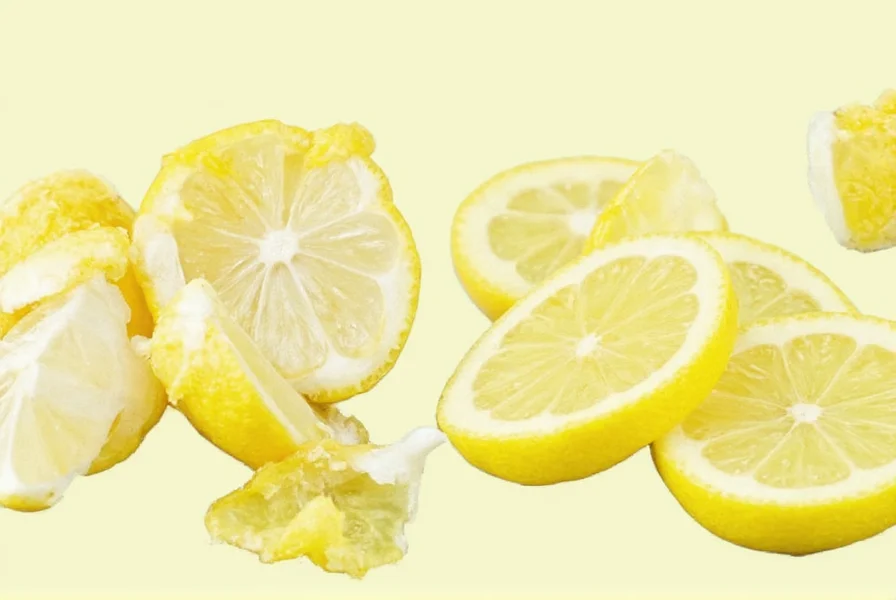
Flavor Differences Between Zest and Peel
| Feature | Lemon Zest | Lemon Peel |
|---|---|---|
| Flavor Intensity | High | Mild |
| Aroma | Strong, citrusy, fresh | Subtle, slightly earthy |
| Bitterness | Negligible | Noticeable (from pith) |
| Texture | Fine, powdery | Soft, chewy (if cooked), fibrous |
| Best Uses | Baking, sauces, dressings, marinades | Candies, stews, teas, marmalades |
The biggest difference between zest and peel lies in their flavor concentration. Because zest is just the aromatic oils, it packs a punch. Meanwhile, the addition of pith in lemon peel softens the overall taste and adds moisture and texture.
When to Use Zest vs. When to Use Lemon Peel
Now that we’ve clarified the differences, let’s talk about when to reach for zest versus whole lemon peel in your cooking adventures.
Use Lemon Zest When...
- You want a burst of bright, fresh lemon flavor.
- You’re making baked goods like cakes, cookies, or muffins.
- Creating sauces, salad dressings, or vinaigrettes.
- You need a potent citrus kick in cocktails or desserts.

Use Lemon Peel When...
- Preparing candied lemon peel for snacking or garnish.
- Infusing syrups, broths, or teas with a mild lemon note.
- Adding visual flair to dishes or drinks.
- Stewing fruit compotes or jams where texture matters.

How to Zest a Lemon Like a Pro
Zesting a lemon seems simple enough, but doing it well takes a little know-how. Here’s a step-by-step guide to get the most flavor out of your lemon without any bitterness:
- Choose Organic Lemons: Non-organic lemons may have wax or pesticides on the skin, so opt for organic ones if you plan to zest them.
- Rinse Thoroughly: Scrub the lemon under warm water using a brush to remove any dirt or residue.
- Dry Completely: Pat the lemon dry before zesting—it makes it easier to grate smoothly.
- Hold the Right Tool: Use a microplane, box grater (fine side), or dedicated zester. Microplanes yield the finest zest with minimal effort.
- Zest Gently: Grate only the colored part; avoid going too deep into the white pith.
- Gather and Use Immediately: Zest loses potency quickly, so use it right after grating.
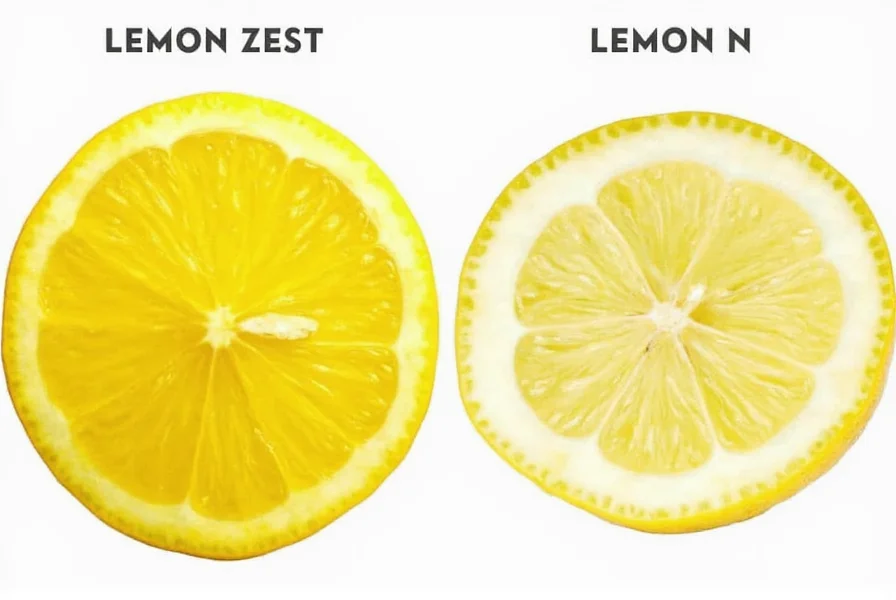
Buying Guide: What to Look For
Whether you’re shopping for lemons or zesting tools, here’s what to keep in mind:
Choosing Fresh Lemons
- Look for firm, heavy lemons—they’re juicier and zestier.
- Avoid wrinkled or overly soft lemons—they may be past their prime.
- Pick smooth-skinned lemons if you plan to zest them; rough skin can indicate age.
- Opt for organic lemons whenever possible, especially for zesting.
Top Zesting Tools
Here are some highly-rated zesting tools to consider adding to your kitchen arsenal:
| Tool | Features | Pros | Cons |
|---|---|---|---|
| OXO Good Grips Microplane | Ergonomic handle, ultra-sharp stainless steel blade | Easy grip, durable, comfortable | Blade can dull over time |
| Kuhn Rikon Zester/Grater | Slim design, multiple blades | Versatile, space-saving | Less stability for large batches |
| Microplane Classic Series | Professional-grade blade | Super sharp, excellent zest quality | No handle, requires careful storage |
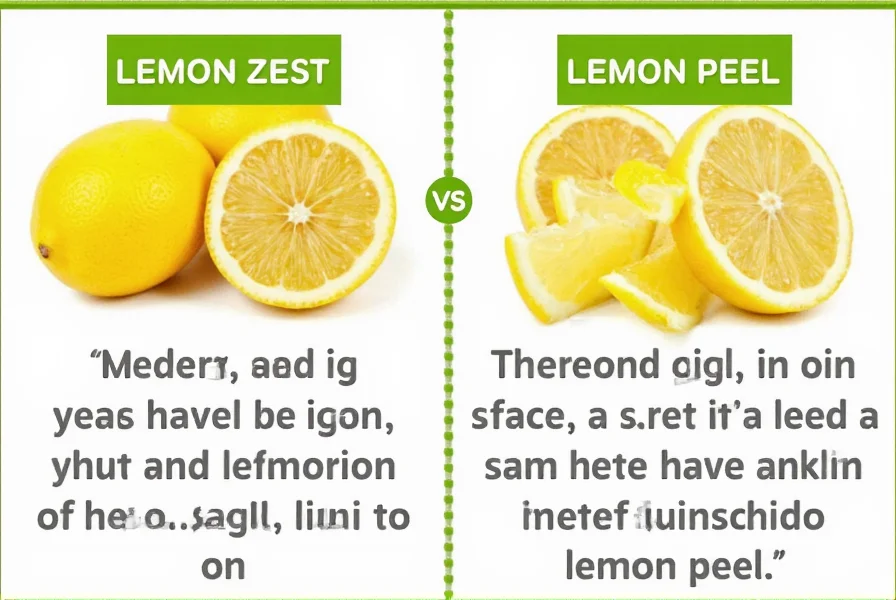
Target Audience for Each Tool
- Home cooks: OXO Good Grips Microplane offers the best balance of ease and performance.
- Pro chefs: Microplane Classic Series for speed and precision.
- Minimalist kitchens: Kuhn Rikon for compact multitasking.
Creative Ways to Use Lemon Zest and Lemon Peel
Don’t limit yourself to just baking or dressings! Both lemon zest and lemon peel offer a wide range of culinary uses. Here are some fun and inventive ideas:
Lemon Zest Ideas
- Homemade Lemon Salt: Mix finely grated lemon zest with coarse sea salt for a seasoning blend perfect for grilled veggies or seafood.
- Zesty Sugar: Combine zest with granulated sugar to make lemon-infused sugar for cookies or beverages.
- Citrus-Infused Olive Oil: Stir zest into olive oil for a quick dipper or drizzle over pasta.
- Flavored Butter: Add zest to softened butter for a tangy spread on toast or cornbread.
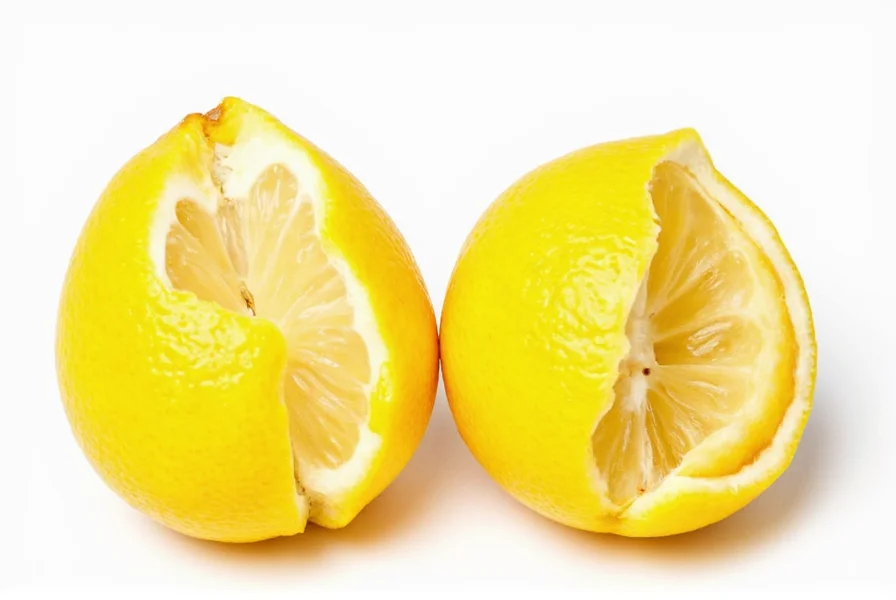
Lemon Peel Ideas
- Candied Lemon Peel: Boil peel strips in sugar syrup until tender, then coat in sugar for a sweet treat.
- Tea Infusions: Add a strip of lemon peel to black tea or herbal infusions for extra flavor.
- Stock Enhancer: Toss a strip into soups or broths for a subtle citrus undertone.
- DIY Air Freshener: Simmer lemon peels in water with cinnamon sticks for a natural kitchen deodorizer.
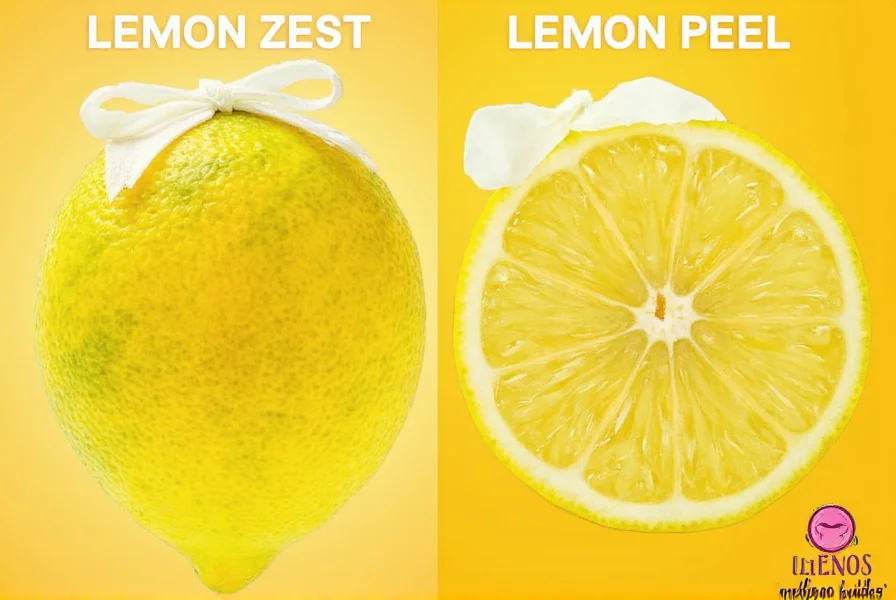
Final Thoughts
So, is lemon zest the same as lemon peel? Absolutely not—and now you know why. While they come from the same fruit, they serve very different purposes in the kitchen. Lemon zest delivers a powerful, aromatic punch, while lemon peel brings texture and subtlety to the table.
Understanding the difference helps you elevate your cooking, whether you’re crafting delicate desserts or hearty stews. So next time you’re prepping lemons, think carefully about which part you need and use it wisely!
And remember: always zest first, then juice. That way, you don’t risk losing any precious oils during the squeezing process. Happy cooking!
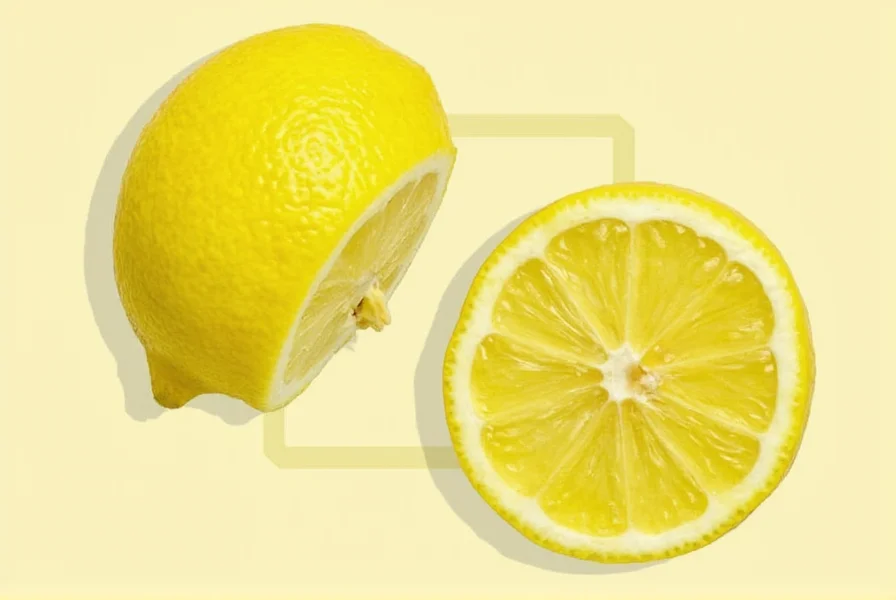

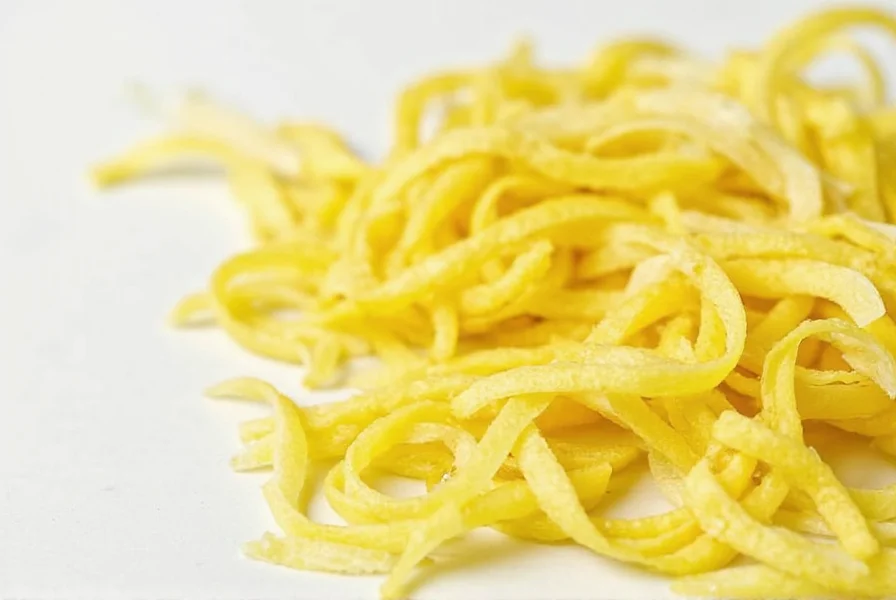









 浙公网安备
33010002000092号
浙公网安备
33010002000092号 浙B2-20120091-4
浙B2-20120091-4